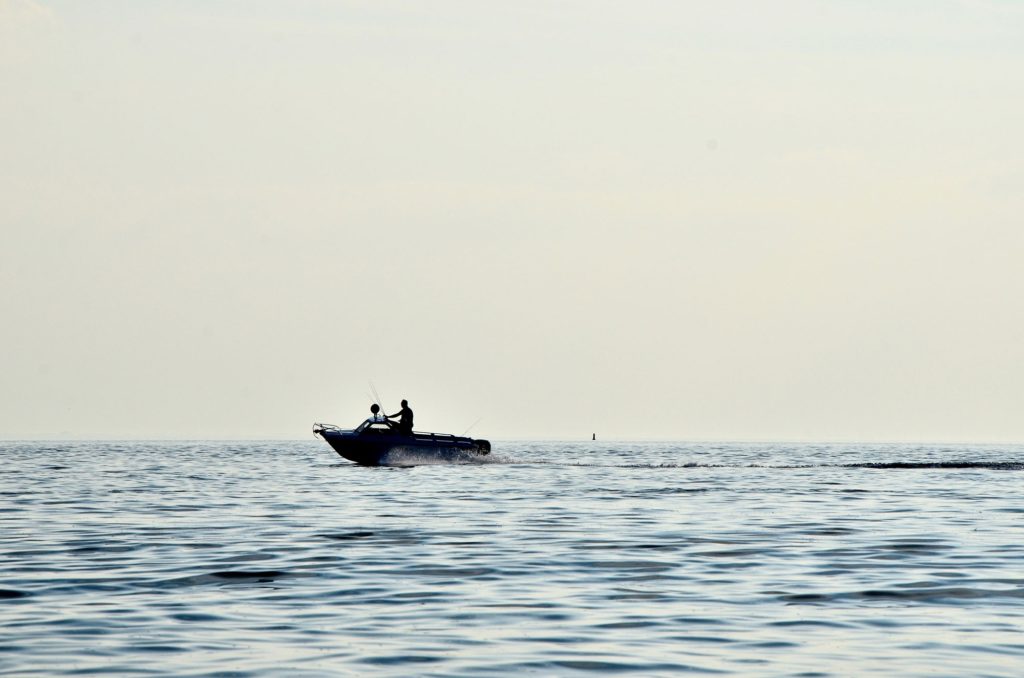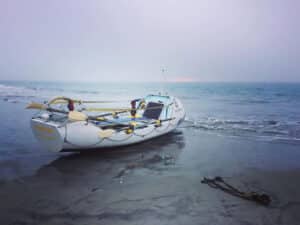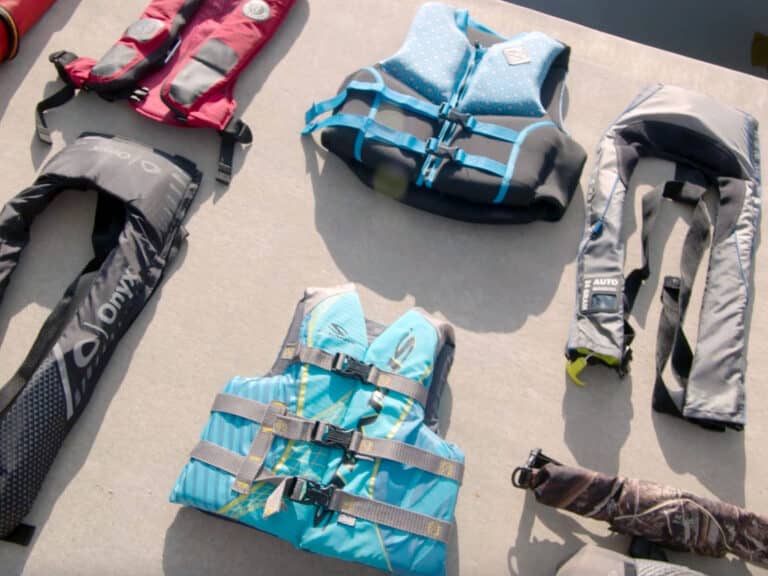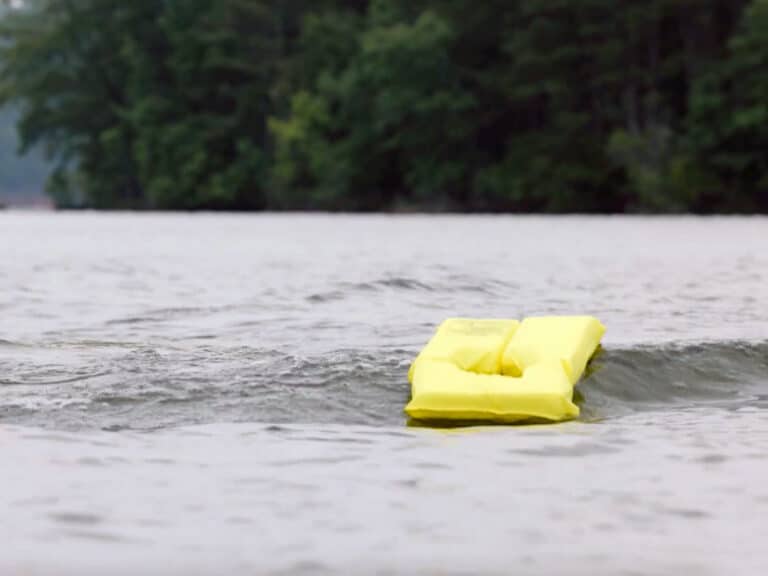
Central to enjoyable boating is keeping water out of the boat. On those rare occasions when too much water rains, leaks or whooshes in, things can get dicey in a hurry.
Fixing the problem becomes a priority.
Better yet, of course, is avoiding the crisis in the first place.
Rain can fill a watertight boat. Seawater or lake water can fill one that’s leaky. A boat filled with water is said to be flooded; one filling with water is flooding.
If yours is flooding, you want to keep it from becoming flooded.
Signs of Trouble
Water from any source can collect in the bottom of the hull. In nearly all boats a bilge pump—a manual pump switched on by the operator, or an automatic one activated when water is detected—sends it overboard.
My multispecies fishing boat’s bow rose very slowly when I pushed the throttle forward at the end of one fishing day. When it finally did, the stern lay low in the water. Seems I’d run the livewell on manual, nonstop. The well had been overflowing, unseen, turning the entire boat into a livewell! (Patience and the bilge pump solved the problem.)
Another time, we heard splashing in the bilge, and a quick look-see found that a pump fitting had broken off and was now letting water race in.
It’s times like that—or when a through-hull fails, or a collision has poked a hole in the hull, or rivets have vibrated loose, or whatever—you’ll be glad you’ve thought ahead and packed some emergency-repair gear.
(Temporarily) Fixing the Flooding
If trouble finds you, react appropriately. If you aren’t already wearing your life jacket, get it on, and make sure others do too. Things get hectic in a hurry.
Switch on the bilge pump, if it’s not automatic. Add someone with a hand bailer or manual bilge pump, if you can. Close doors and hatches to slow water intrusion and maintain buoyancy compartments. Close drains and discharges that could let in water if the boat settles lower in the water.
Try to find the source of the water, keeping in mind that leaks can be virtually hidden in a larger boat.
Leak found? Rags, duct tape, pillows, cushions, toilet plunger, plastic bags, wooden plugs and even, as Boating magazine editor-at-large Randy Vance recommended in his Power Boating for Dummies, a wax toilet seal, which can be improvised to become an effective make-do.
For my broken pump housing, a plastic bag over the intake screen, cinched with a foot of fishing line, slowed the leak enough that the bilge pump could gain on the flooding.
If grounded, check for leaks before pulling off. If under power and gaining on the flooding, reduce your speed, and head for shallow water or safe mooring. You might need to call the US Coast Guard, other officials or other boaters for help: Issue a Mayday or PanPan call as appropriate, activate your EPIRP or personal location beacon, use your visual distress signals.
Avoiding the Issue
Obviously, avoiding flooding problems can be better than fixing them.
If your boat rests on a trailer, take advantage of that perspective to inspect seams, rivets, through-hulls and, before launching, that simple but critical drain plug.
Trailered or slipped, flick on your boat’s bilge pump to make sure it’s working—and that rain hasn’t filled the bilge. On the water, an automatic bilge pump’s frequent or constant running can mean there’s more than condensation, rain or drips at play. One that never runs might make you suspicious too.
Check all screws, snugging—but not overtightening—loose ones. Check all through-hulls, and tighten—resealing if necessary—any loose ones; replace cracked ones. Suspect a screw-hole leak? Remove, add sealant, and replace.
Other ways to avoid flooding issues? Become a better boater (and avoid collisions with boats and objects that can puncture hulls) by taking a course.
Don’t exceed your boat’s weight and people capacity—and remember they were computed based on fair weather and even loading.
Travel at a speed that allows you to maneuver clear of obstacles; when slowing down, do so gradually enough that your own backwash wake doesn’t enter over the transom.
Study up on the area’s currents, shoals and hazards. Check forecasts for weather that could bring heavy rains or high seas.
Avoid flooding if you can—and be prepared to deal with it if you must.
The U.S. Coast Guard is asking all boat owners and operators to help reduce fatalities, injuries, property damage, and associated healthcare costs related to recreational boating accidents by taking personal responsibility for their own safety and the safety of their passengers. Essential steps include: wearing a life jacket at all times and requiring passengers to do the same; never boating under the influence (BUI); successfully completing a boating safety course; and getting a Vessel Safety Check (VSC) annually from local U.S. Coast Guard Auxiliary, United States Power Squadrons®, or your state boating agency’s Vessel Examiners. The U.S. Coast Guard reminds all boaters to “Boat Responsibly!” For more tips on boating safety, visit www.uscgboating.org.








